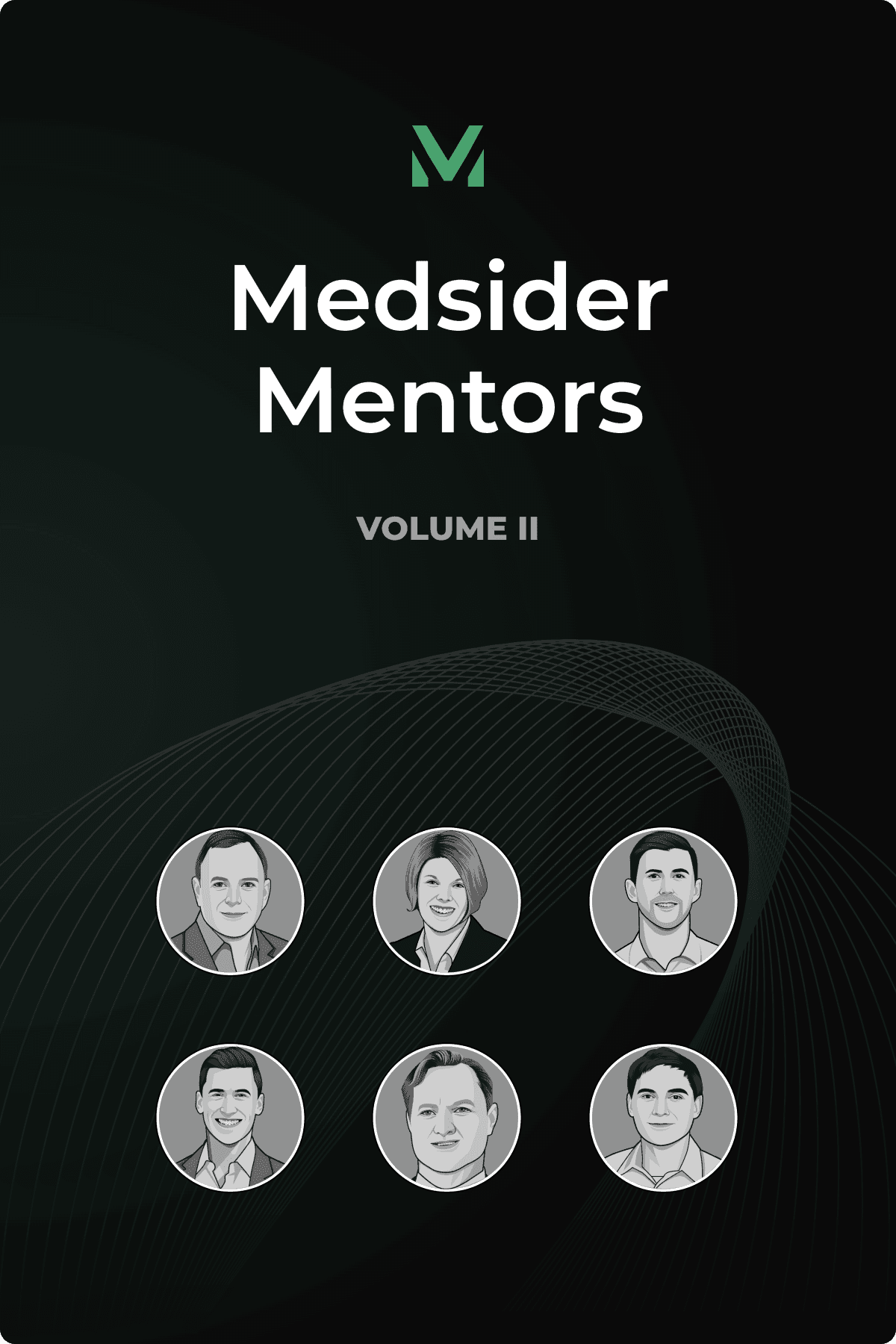A Self-Starter’s Guide to Medtech
Interview with Liberate Medical CEO Angus McLachlan

Meet Angus McLachlan, the co-founder and driving force behind Liberate Medical. Born in Scotland, Angus embarked on a mechanical engineering journey at the University of Glasgow where his final project was a system that aids patients with spinal cord injuries using a brain-computer interface. Although Angus didn’t pursue this particular niche further, it did lay the groundwork for a deeper dive into the world of biomedical engineering. "That's really where I got introduced to research and to stimulation," Angus recalls.
The project set the stage for his Ph.D., during which he explored different methods of electrical muscle stimulation to aid patients with spinal cord injuries by looking at improving various things like respiratory muscle strength or aiding in coughing. It was conducted within the Spinal Cord Injury Hospital, a collaborative hub where engineers and clinicians could come together to solve real-world problems.
It was there that a clinician approached Angus with a perplexing patient case. A young man who was on mechanical ventilation had hit a plateau in his recovery. He had managed to breathe on his own for approximately 12 hours a day, but the atrophy, or muscle weakening, in his lungs, didn’t let him make further progress for about four to five weeks using conventional weaning techniques. Such stagnation poses a significant concern, as long-term use of mechanical ventilation may lead to complications such as ventilator-associated pneumonia, further muscle atrophy, and others.
Recognizing an opportunity to apply his research, Angus initiated a case study to use electrical muscle stimulation on the patient's breathing muscles to see whether it could assist in improving the breathing autonomy of the patient by strengthening his respiratory muscles. After four weeks of using Angus’s device, the patient successfully transitioned off the ventilator.
This successful case study caught the attention of Apellis Pharma, which was a budding startup in Louisville, Kentucky, at the time. They brought Angus on board to explore a potential device for patients with chronic obstructive pulmonary disease (COPD). This eventually led to the birth of Liberate Medical, with Angus at the helm.
Today, Liberate Medical stands at the cutting edge of non-invasive neuromuscular electrical stimulation. By combining a stimulator with a breathing sensor, their device, VentFree, ensures synchronization between a patient's breathing pattern and the contractions of lung muscles. Initially developed for spinal cord injury and then COPD, its focus now lies in aiding patients with invasive mechanical ventilation. Angus paints the picture clearly: "When a patient goes on a ventilator, the ventilator is breathing for them. We're trying to train those breathing muscles while the patient's on the ventilator."
Liberate has obtained CE mark from the European Commission and Breakthrough Device Designation from the FDA. Currently, the company is primarily focused on its pivotal clinical study, a crucial milestone on its way to FDA clearance and gaining the trust of clinicians.
Key Learnings From Angus’s Experience
During the early stages of development, there’s not an endless budget to play around with. Narrow your focus to only the core functionality that is needed, leverage existing resources creatively, and cultivate the internal passion of your team to drive innovation.
Rely on your in-house expertise for specialized work. A deep understanding of your product makes you the best person to oversee development or handle conversations with regulatory bodies.
Effective communication is vital in finding good capital partners. Learn to read the room for each pitch and adjust your narrative accordingly to best convey your message. Once you secure favorable investors, keep them in the loop and maintain a constructive relationship for long-term support.
You May Like These Articles
Medsider Premium
Become a premium member and unlock access to exclusive Medsider benefits.



